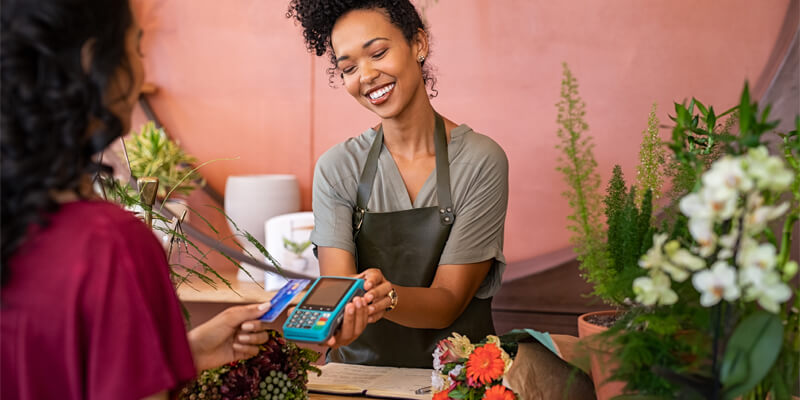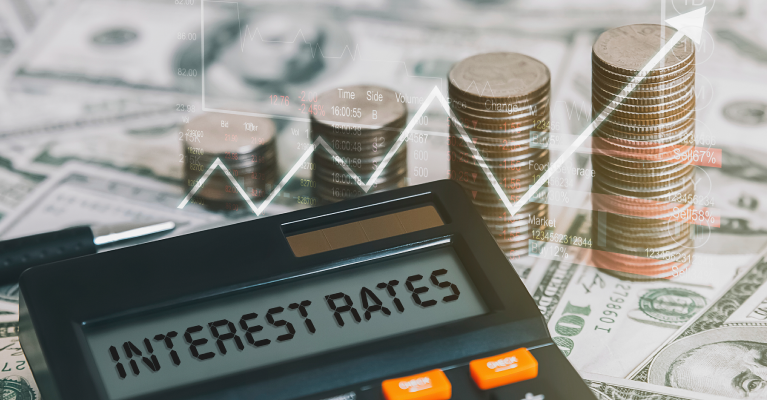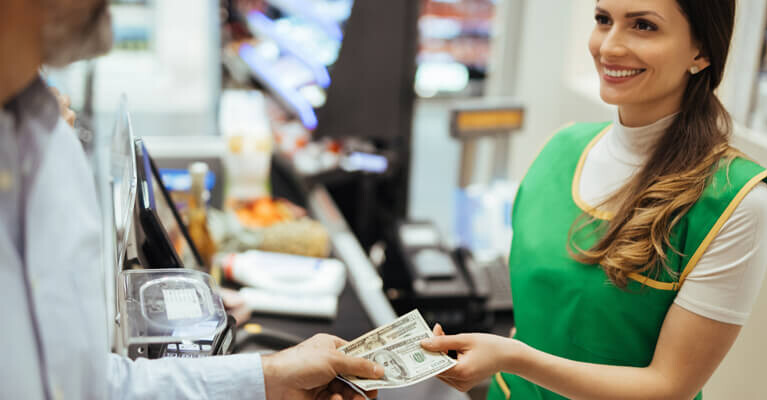We’ve all been there. You get to the register at the store or to checkout for your online purchases, but now you need to decide, which of the payment methods in your wallet should you be using?
With the rise in credit card rewards programs as well as the launch of newer payment methods like Buy-Now-Pay-Later (BNPL) it can often be difficult to choose which option is best.
Here are tips to help you decide which payment option is best for you.
Debit Cards
A recent WSFS Money Trends survey found that 38% of respondents were using their debit cards more than the year prior.
Your debit card will draw the funds directly from your bank account, whether you’re paying at the grocery store, paying an online bill or withdrawing cash from an ATM. For many consumers, using their debit card can be a helpful way to stay on budget vs. using a credit card, which can be particularly useful during periods of inflation and rising rates.
With your debit card, you can set account alerts and card controls to lock your card as needed. Depending on your bank, your debit card may also offer protection from liability for fraudulent purchases, so remember to look carefully at the terms and conditions.
Credit Cards
Credit cards often come with many similar features to debit cards, such as card controls, but instead of using money from your bank account, you will be borrowing the funds.
Rewards programs like cash back or airline miles have incentivized many consumers to opt for their credit card vs. their debit card for regular and large purchases. This can be a great way to build up your rewards, but you’ll want to ensure you’re paying your bill in full each month to avoid incurring interest and fees that could make the rewards not worth it in the end.
While many credit cards offer the ability to get a cash advance, there are often steep fees and interest rates associated with doing so. Federal law also caps your liability for unauthorized credit charges at $50.
Credit cards can provide a host of benefits and can help build your credit score for future purchases like a house, but it is important to live within your means, so you don’t find yourself in a financial hole.
Buy-Now-Pay-Later
A recent Bankrate survey found that 56% of Buy-Now-Pay-Later (BNPL) users said they’ve experienced at least one problem such as overspending or regretting their purchase when using BNPL. BNPL has taken off in recent years and can provide a convenient option when making purchases, but like any borrowing product, it needs to be used responsibly.
BNPL enables consumers to make payments in installments for their purchases, and depending upon the BNPL provider, you may not incur interest charges. Terms and conditions, as well as fees for things like a late payment will vary by the provider, so it is vital to read them carefully before using BNPL.
BNPL can be very convenient with just the click of a button, but it can also be easy to forget about BNPL arrangements you’ve taken on using multiple websites or BNPL providers.
Borrowing limits will typically be lower with BNPL vs. a credit card and not all retailers will accept BNPL just yet, so there are some tradeoffs.
Cash
While debit and credit card adoption, coupled with technological advances, have created a host of payment options for consumers, cash can still play an important role. Many consumers find themselves better able to stay on budget by using cash vs. paying with a quick tap or swipe.
Not all retailers accept other payment methods, so it is always a good idea to have at least a small amount of cash on hand for your daily purchases.
There are a variety of payment methods available to consumers and no one-size-fits-all solution. Speaking with your local banker can be a good way to help you evaluate your financial situation and decide which payment options work best for your needs.

Helping you boost your financial intelligence.
Read our financial resources from your friends at WSFS.




